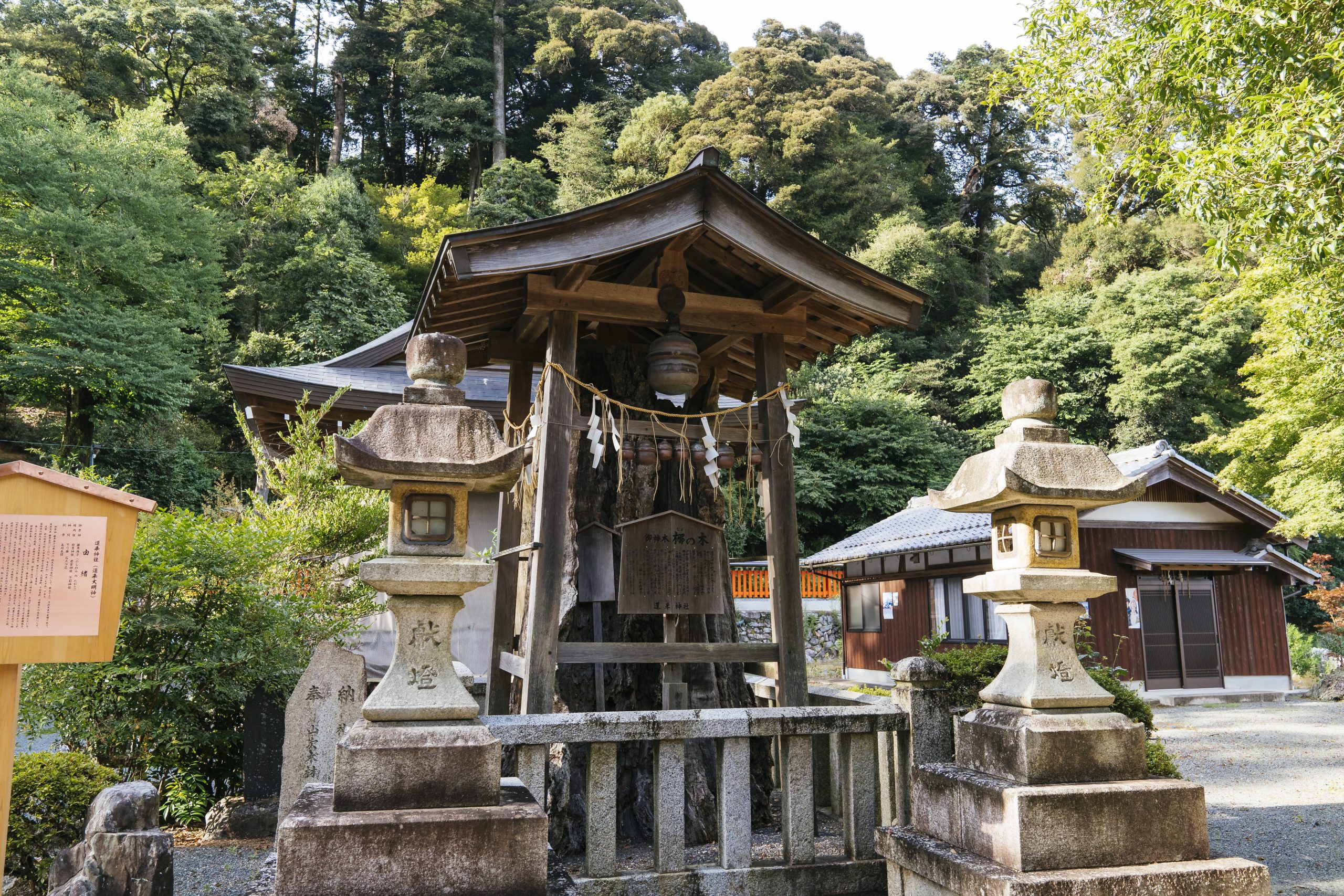The origin of Modoroki Shrine

Fujiwara no Tabiko was born as a daughter of Fujiwara no Momokawa, a government official in the Nara Period [the 8th century]. As she grew up, she was instructed by Monk Joan, the founder of Saishoji Temple at the southern foothill of Mt. Hira, and embraced the Buddhist faith. Later, she moved to Kyoto, became the wife of Emperor Kanmu and gave birth to Emperor Junna at the age of 28; however, two years later, she passed away in Kyoto as young as 30 years old. Her will asked to be buried under the large nagi tree at the southern foothills of Mt. Hira, and she was actually buried there. She came back to her birth place after her death; therefore, she was called Modoroki Daimyojin [meaning the deity who came back] and became the tutelary deity.
Minamoto no Yoshitomo, when he was fleeing to an eastern privince because of his defeat in the Heiji Rebellion in 1159, stopped at Modoroki Shrine and offered a white-feathered whistling arrow to wish for his luck in the fortunes of war. Later his son, Minamoto no Yoritomo established the Kamakura Shogunate and like this shrine’s name “Modoroki”, meaning coming back, he went back to Kyoto as his father wished. Such folklore attracted visitors who wished for a safe return journey home before going to the war such as World War II, and the shrine was busy all the time.
- place associated with
- Modoroki Shrine
